Carrying capacity studies for Comino, meant to determine whether a limit on the number of people visiting the islet should be established, are still in the works, six years after a management plan for Comino had recommended them.
One parliamentary question published during a plenary session earlier this week revealed that the studies, which fall under the responsibility of the operating committee for Comino, were commissioned and are “currently being used to establish Comino’s carrying capacity,” according to Environment Minister Miriam Dalli.
Dalli also stated that the operating committee for Comino, which was set up in 2017, is now set to be “reconstituted,” which implies that there are no members on it at present. Questions have been sent to Dalli’s spokesperson to clarify the matter.
The minister was responding to a question from Opposition MP Mark Anthony Sammut regarding the management plan, whether it had recommended carrying capacity studies, and if so, what stage the process has reached.
Another parliamentary question from the same Opposition MP, this time addressed to Tourism Minister Clayton Bartolo, centred on comments Bartolo made to the media two days after Moviment Graffitti activists cleared out deckchairs and sunbeds from Comino’s Blue Lagoon in an act of protest against the commercialisation of the islet.
Since then, The Shift has revealed multiple links between the operators profiting from Comino’s commercialisation and high-ranking government officials. The deckchair and sunbed operators at Blue Lagoon are Daniel Refalo, a business associate of Labour Party donor and developer Joseph Portelli, and Mark Cutajar, brother to Labour MEP Josianne Cutajar and canvasser for Gozo Minister Clint Camilleri.
The tourism minister himself denied having a conflict of interest over the fact that his father and uncles own and operate a company which, among other things, provides daily ferry trips to Comino.
In comments given to the press two days after the action, the tourism minister spoke about the operating committee for Comino and the committee’s development of a “holistic plan” for Comino.
While Sammut asked specifically to which committee he was referring, whether this committee is presently established, who chose its members and on what grounds they were selected, and its terms of references, the minister referred to an earlier PQ filed during the previous legislature.
In that separate PQ, Bartolo had stated that the operating committee for Comino had met 22 times between 2017 – 2021 and that it is composed of representatives from the tourism ministry, the Malta Tourism Authority, the Environment and Resources Authority, Transport Malta, and the Gozo ministry.
However, the minister has not specifically referred to the names of the members of the committee, nor has he divulged any further information about the committee’s progress on the matters it is overseeing.
Besides the lack of clarity on whether the committee is presently constituted at all, there is also no clear definition of what its terms of reference actually consist of beyond a vague reference to a “holistic plan”.
It is equally unclear what took the committee so long to commission studies given that the management plan, published in 2016, had called for those carrying capacity studies six years ago.
Questions have been sent to the relevant spokespersons of the environment and the tourism ministries to clarify the matters above as well as to determine when the studies were actually commissioned by the committee that was established in 2017.

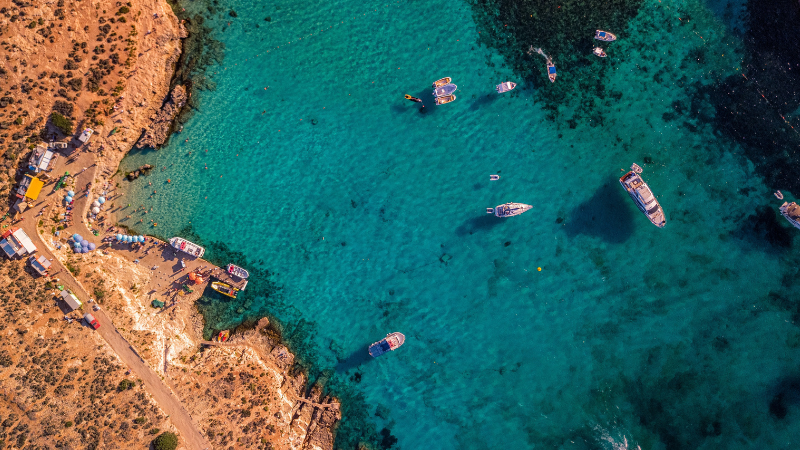
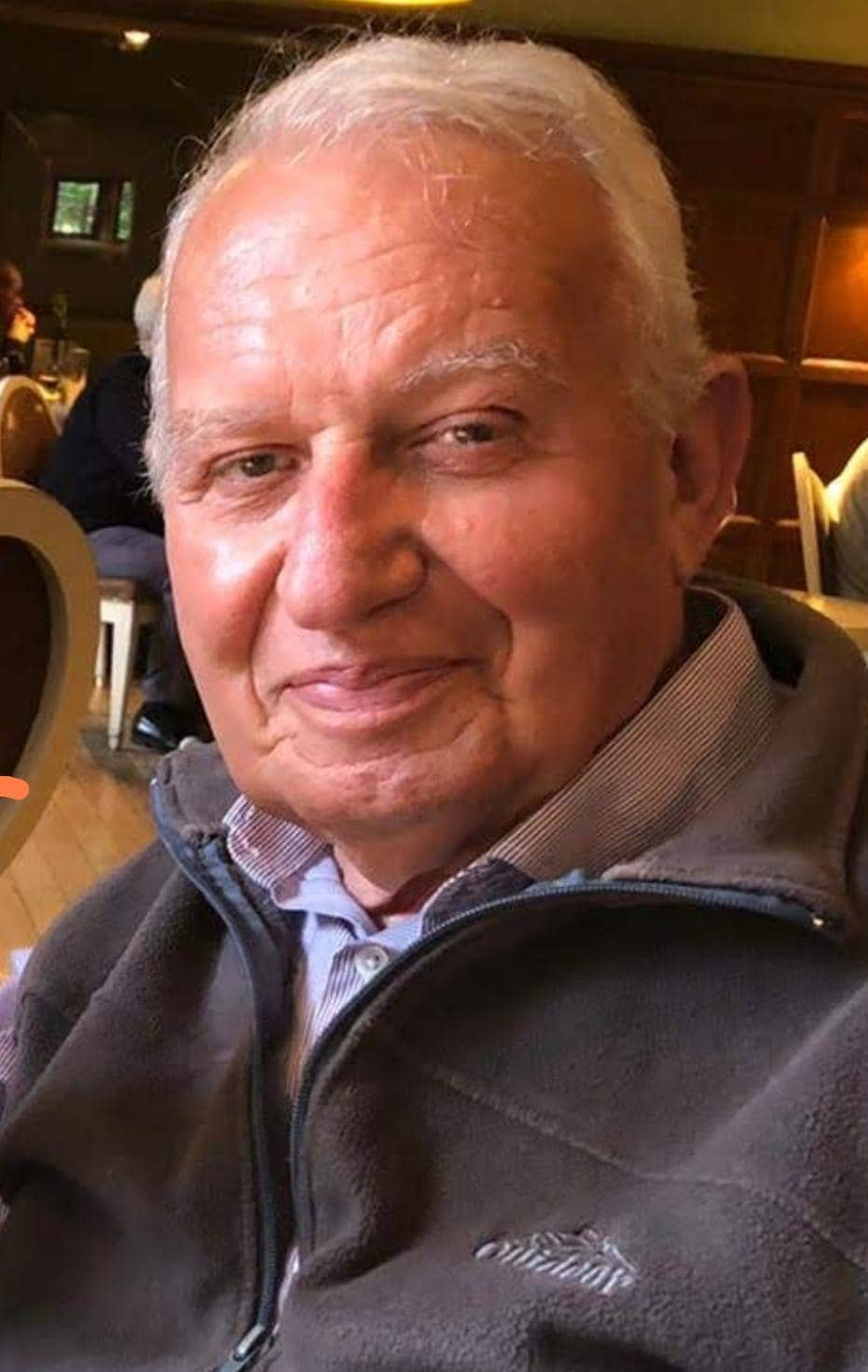
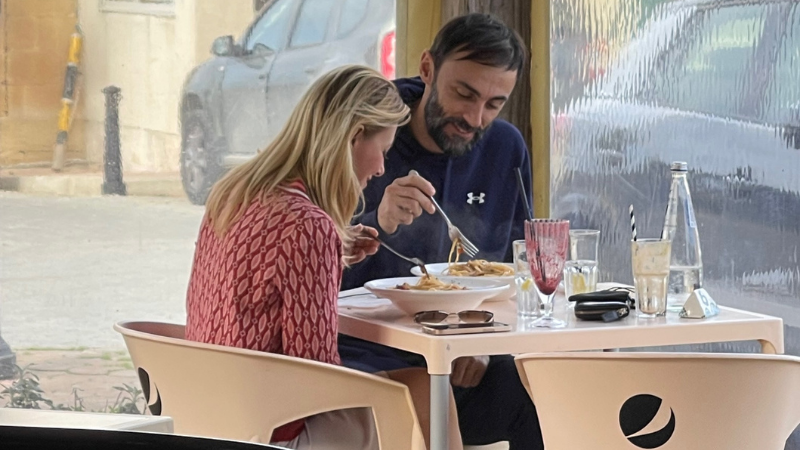
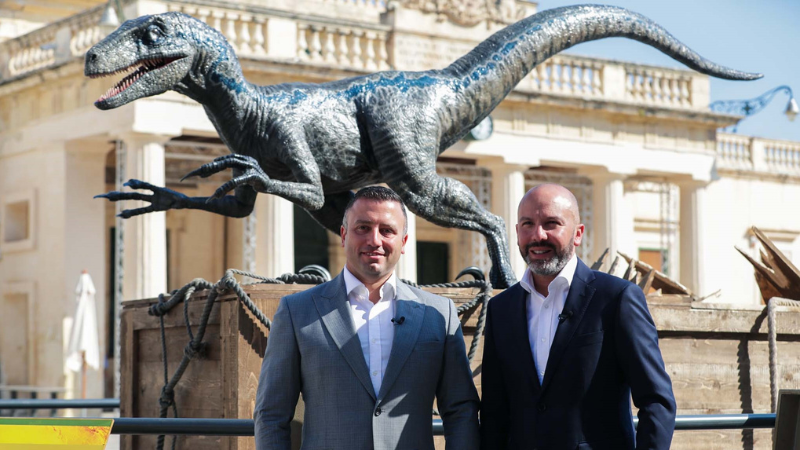
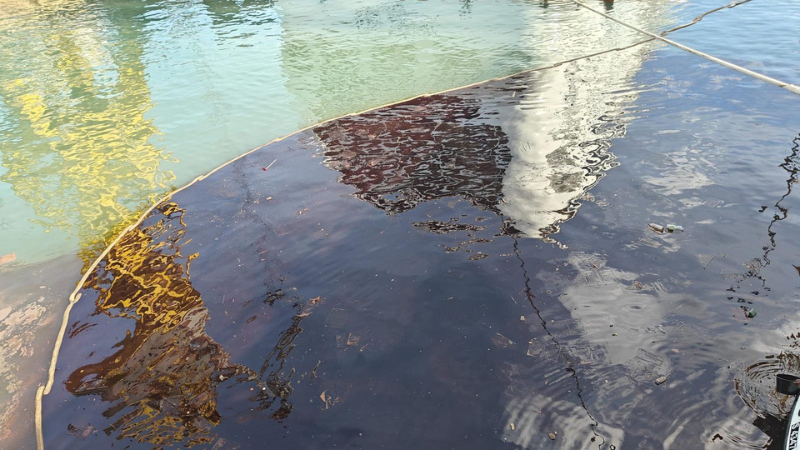
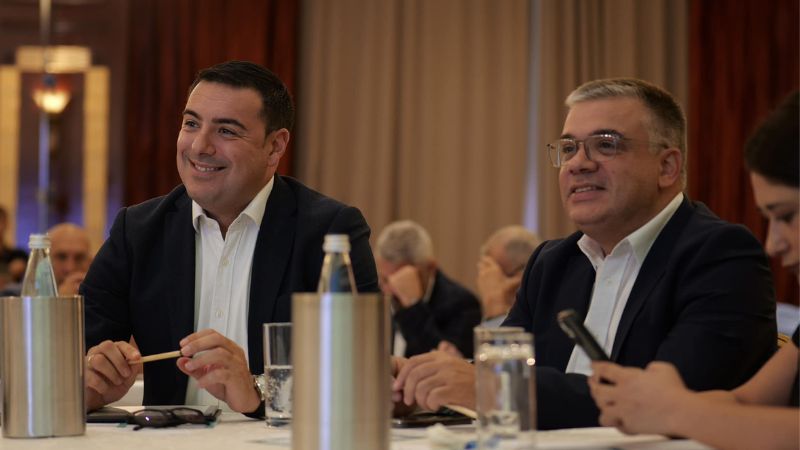







The ‘hole-istic’ approach planned seems to have tumbled into quite a capacious hole – one would say comparable to the Black Hole of Calcutta – from which no workable solution can ever hope to emerge.